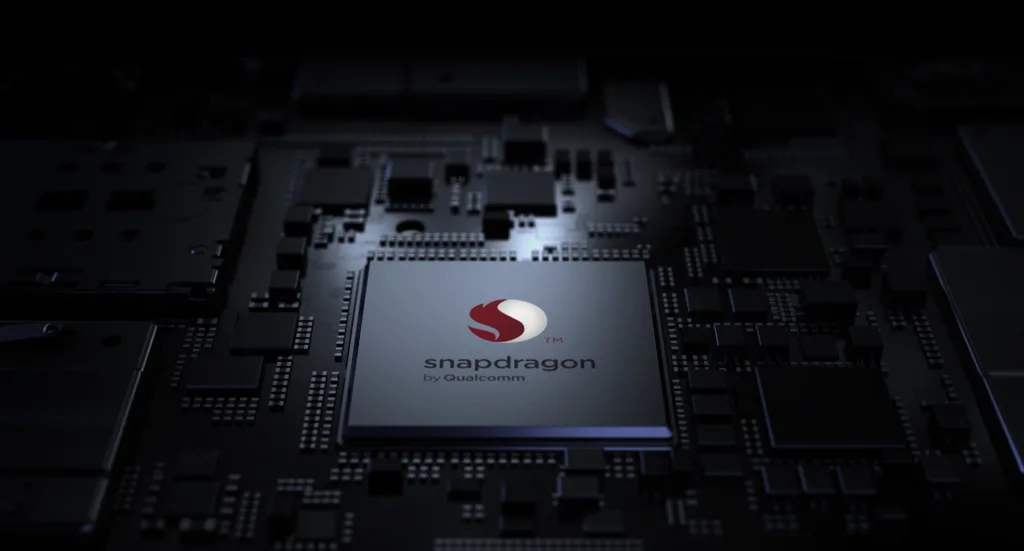Decoding the Engine: Navigating the Mobile Chipset Jungle
Deep within your smartphone, like a silent maestro conducting a digital orchestra, lies the chipset. This silicon mastermind orchestrates everything from lightning-fast data to buttery-smooth graphics, but with a bewildering array of brands and model numbers, deciphering the chipset jungle can feel like cracking ancient riddles.
Fear not, tech adventurer! This guide will equip you with the knowledge to unravel the mysteries of mobile chipsets and choose the perfect engine for your digital exploits.
The Big Three: A Silicon Showdown
Three major players dominate the mobile chipset arena: Qualcomm, MediaTek, and Samsung. Each brand offers a spectrum of options, from budget-friendly workhorses to performance-hungry beasts, so understanding their strengths is key.
Qualcomm: These Snapdragons are synonymous with raw power. The flagship Snapdragon 8 Gen 2 is a technological beast, boasting cutting-edge AI, blazing-fast 5G, and graphics that would make Van Gogh weep. It’s perfect for demanding power users and hardcore gamers, but it comes with a premium price tag.
Read More
10 Best Mobile Phones In The World December 2023
MediaTek: The king of affordability, MediaTek’s Helio series packs a surprising punch without breaking the bank. The Helio G series is the gamer’s delight, offering dedicated features and respectable processing power at budget-friendly costs.
Dimensity, on the other hand, tackles the mid-range and premium segments with innovative AI engines and advanced 5G, proving that exceptional performance doesn’t have to cost a fortune.
Samsung: This tech giant throws its hat in the ring with the Exynos series, often powering its own Galaxy devices. These chips go toe-to-toe with Snapdragons in the high-end arena, offering strong performance and features like dedicated neural processing units for enhanced AI tasks.
However, Exynos haven’t quite achieved the global footprint of their Qualcomm counterparts, making them less common outside of Samsung phones.
Beyond the Big Three: Niche Champions
While the Big Three command most of the market, smaller players carve out their own niches. Huawei’s Kirin series, once a formidable competitor, remains dormant due to US sanctions.
However, companies like HiSilicon (Kirin’s manufacturer) and Unisoc continue to develop chips for specific regions and markets. With the ever-evolving mobile landscape, these niche players might surprise us with future innovations.
Demystifying the Specs: Beyond Buzzwords
Understanding the jargon can feel like deciphering hieroglyphics. Core count, clock speed, nanometers—these terms can make your head spin. Let’s break it down:
Core Count: Think of cores as miniaturized brain cells, handling different tasks simultaneously. More cores generally mean faster performance for demanding apps and multitasking. However, a well-optimized quad-core chip can outperform a poorly designed octa-core one.
Clock Speed: Measured in gigahertz (GHz), it represents the number of cycles per second a core can execute. Don’t let the numbers deceive you; generally speaking, higher clock speeds translate to faster processing. Efficiency and architecture play crucial roles.
Nanometers (nm): This refers to the size of transistors within the chip. Smaller nm values signify denser transistors, enabling better performance and lower power consumption. However, manufacturing smaller chips is more expensive, impacting the overall cost.
Additional Factors: Don’t just focus on the headline specs. Integrated graphics processors (GPUs), AI engines, image signal processors (ISPs), and modem capabilities all contribute to the overall performance and user experience. Research these features based on your individual needs, whether it’s high-end gaming, exceptional photography, or seamless connectivity.
The Quest for the Perfect Match of chipset:
So, with all this knowledge, how do you choose the right chipset for your needs? Consider these factors:
Budget: Premium chipsets come at a premium price. Define your budget and prioritize features accordingly.
Usage: Casual users might thrive with a mid-range or budget chipset, while power users and gamers should seek high-end options.
Specific Needs: Do you prioritize camera quality, gaming performance, or long battery life? Research chipsets that excel in your areas of interest.
Brand and Ecosystem: Some brands optimize their software and features for specific chipsets. Consider buying within the same ecosystem for a smoother experience.
Remember: Don’t get caught up in the numbers game. A balanced combination of specs, user reviews, and expert insights will guide you towards the perfect chipset for your digital journey.
The Future of Chipset:
The mobile chip landscape is constantly evolving. As artificial intelligence, 5G connectivity, and foldable displays become mainstream, chipmakers will face new challenges and opportunities. Who knows, the next big leap might come from an unexpected player in the jungle.
Share this content:

